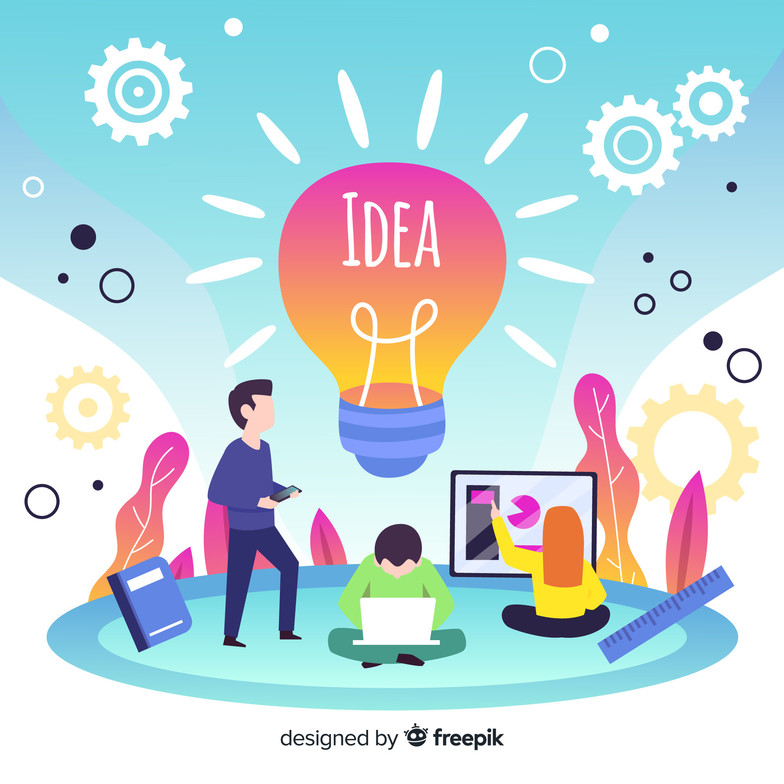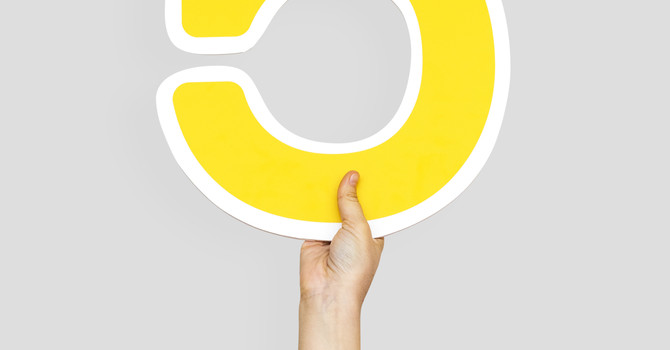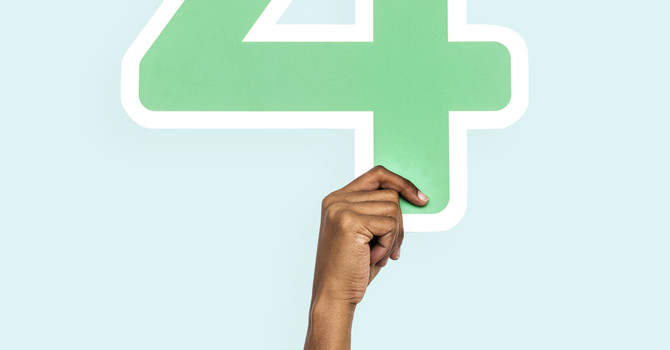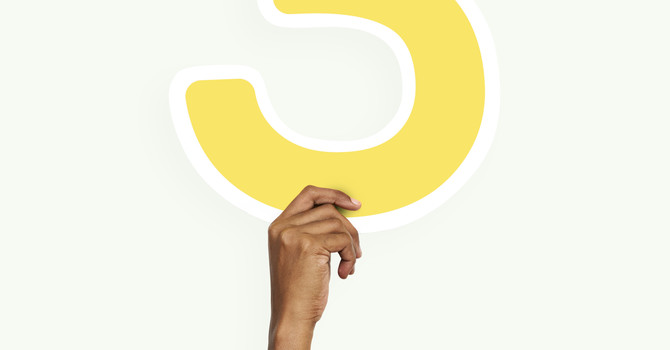
April 21st marks World Creativity and Innovation Day, a global celebration of human imagination and the power of fresh thinking to solve problems, drive progress, and nurture well-being. But what does creativity have to do with psychology? More than you might think.
As a psychologist, I've seen firsthand how creative thinking can transform lives—not just in artistic expression, but in everyday problem-solving, resilience, and emotional healing.
Creativity as a Mental Health Superpower
Research shows that engaging in creative activities can reduce anxiety, depression, and stress. Whether it's painting, journaling, designing, or dreaming up new business ideas, these acts of creation activate the brain’s reward system and offer a powerful outlet for emotions.
Neuroscience backs this up: creative pursuits light up the prefrontal cortex, the same region involved in emotional regulation and decision-making. That’s one reason why expressive arts therapy, narrative therapy, and even metaphor use in CBT or ACT can be so effective—they tap into the brain’s imaginative core.
Innovation in Therapy
Innovation doesn’t just happen in labs or tech start-ups—it happens in therapy rooms too. Every time a client tries a new coping strategy, challenges an old belief, or reimagines their story, that’s innovation in action.
In modalities like Internal Family Systems (IFS) or ACT (Acceptance and Commitment Therapy), clients are often encouraged to visualize and creatively engage with parts of themselves. This isn’t just symbolic—it’s deeply therapeutic. It invites flexibility, curiosity, and compassion into spaces that once felt rigid or shameful.
Small Acts of Creativity, Big Shifts in Perspective
You don’t need to be a professional artist to be creative. Innovation can look like:
-
Reframing a situation with humor
-
Writing a letter you’ll never send
-
Dancing around the kitchen while you cook
-
Trying a new route home just because
-
Imagining what advice your 80-year-old self would give you
These small shifts can help rewire our inner narrative. Creativity gives us a safe space to experiment, fail, reimagine—and ultimately, grow.
A Challenge for You Today
In honour of World Creativity and Innovation Day, try something new. Journal with a twist: write a letter to your anxiety or draw what your inner critic looks like. Let yourself be silly, curious, and imperfect. You might be surprised by what comes up.
Remember, creativity isn’t a luxury. It’s a tool for healing, a spark for change, and a pathway to resilience.
Want to explore the role of creativity in therapy? Let’s chat. Whether you’re feeling stuck or just curious about what lights you up, therapy can be a place to rediscover your voice—and create something beautiful with it.
.JPEG)
.JPEG)





